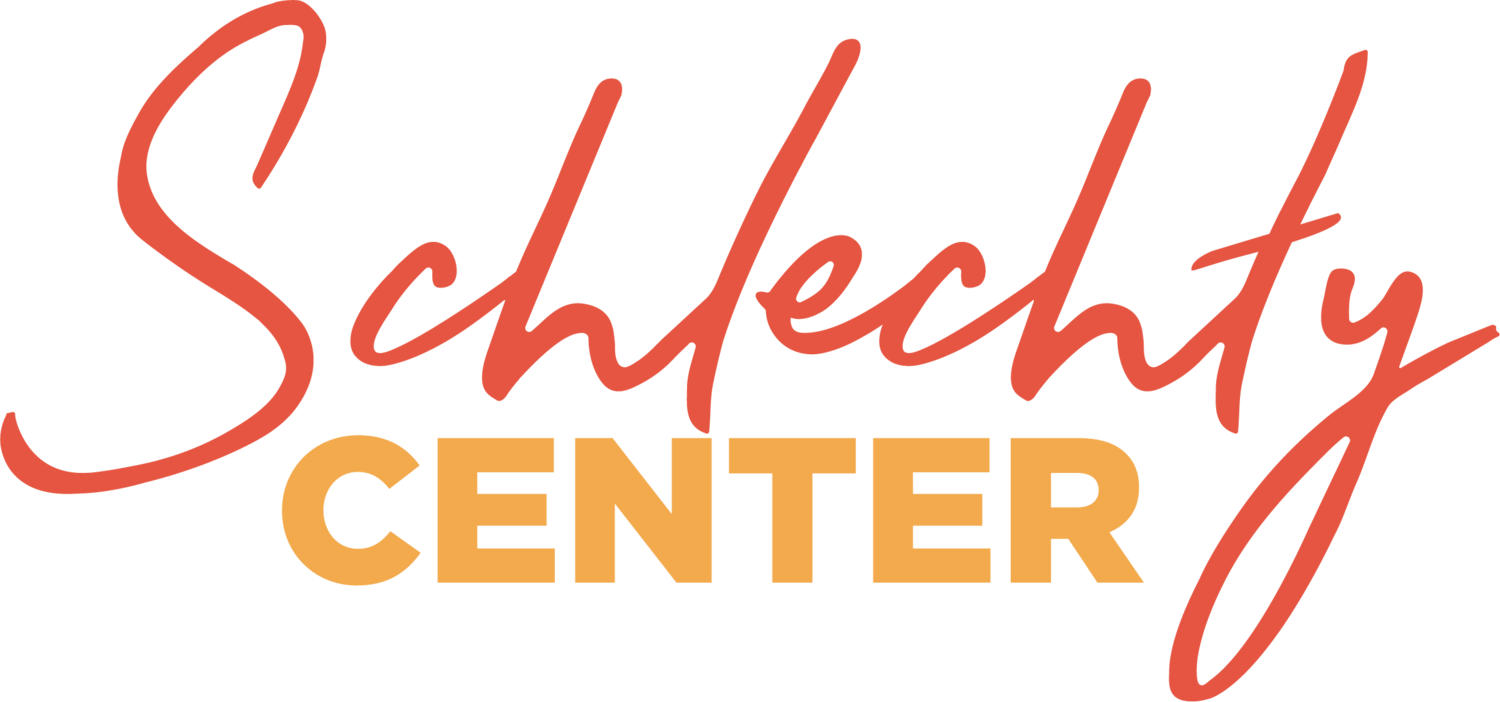Unless organized, information is still data. To be meaningful it has to be organized.
Management Challenges for the 21st Century
Peter F. Drucker, 2005, p. 126
Technology Integration for Motivation and Engagement (TIME) posits that the consideration of student motives, needs, and values should be front and center in the decision-making process for the incorporation of digital tools into the learning process.
Just as Bloom’s taxonomy classifies learning objectives into levels of complexity and specificity, (1) the TIME framework also includes an organizational system, most commonly the SAMR model, that specifies howtechnology is integrated into schoolwork. For example, it is important to know if a technology-based activity is simply a substitution for a nontechnology-based activity or if the technology-based activity provides an opportunity for something more, like augmentation, modification, or redefinition, as is suggested in the SAMR model pioneered by Dr. Ruben Puentedura. (2)
For an educator to design appropriate work for students—work that includes technology integration—he or she must possess a command of Bloom’s Taxonomy and the SAMR model; this knowledge is an essential organizational skill that should be part of a robust toolbox of instructional strategies. However, as the renowned Dr. Phillip Schlechty would perhaps say, “That ain’t all there is to it!”
For example, it does little good for a student to create a complex animated video that demonstrates a command of a given body of content if the student has no desire to create such a video. The student may be operating at the synthesis level of Bloom’s Taxonomy and the redefinition level in the SAMR model, but if he or she has no interest or desire to create such a video, the student will only give a compliance-based level of effort, at best. This will jeopardize any chance of profound learning.
At the Schlechty Center, we believe effort affects learning outcomes at least as much as does intellectual ability, and we believe differences in the level and type of engagement directly affect the effort that students expend on school-related tasks. (3)
Engaged students are attentive, persistent, and committed. Students value and find meaning in their work and learn what they are expected to learn. (4) Simply put, engaged students give their best effort because they want to. They are engaged.
Dr. Schlechty gives us 10 categories of motives that influence student engagement with school tasks; these are called the Design Qualities. When the Design Qualities are woven into the process of technology integration, the potential for engagement, and thus effort, and thus profound learning, increases dramatically.
One Design Quality category is Product Focus, which refers to the opportunity to structure tasks and activity so that what students are to learn is linked to some product, performance, or exhibition to which the student attaches personal value. (5) A student who finds meaning and value in creating a product will likely engage with the aforementioned animation video, and the potential for profound learning will be significant. Further, when a student is engaged, there is a greater possibility that all six levels of Bloom’s Taxonomy can be realized. (6)
In the TIME framework, we advocate that the consideration of student’s motives, needs, and values be undertaken in consort with the design of schoolwork. When an educator chooses digital tools that align with Design Qualities that matter the most to a given class of students along with consideration of degrees of technology integration, then the possibilities for engagement, addressing the six levels of Bloom’s Taxonomy, and profound learning increase dramatically.
This is the TIME framework. It is the convergence of student’s motives, needs, and values with digital tools and degrees of technology integration.
1. https://en.wikipedia.org/wiki/Bloom’s_taxonomy
2. https://www.schoology.com/blog/samr-model-practical-guide-edtech-integration
3. Engaging Students: The Next Level of Working on the Work. Dr. Phillip Schlechty, page 58.
4. Engaging Students. Dr. Phillip Schlechty, page 14.
5. Engaging Students. Dr. Phillip Schlechty, pages 51–52.
6. Audio recording, Dr. Phillip Schlechty, Working on the Work Conference, 2009.
